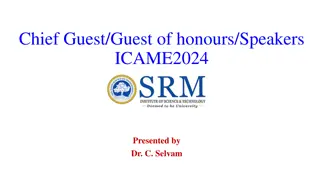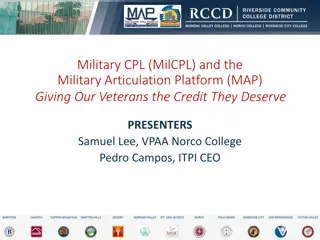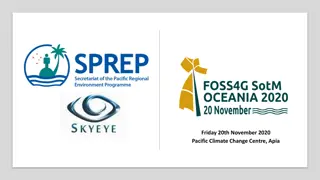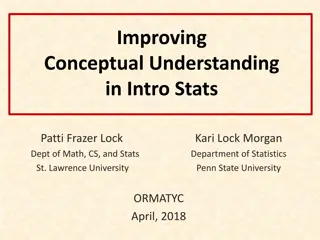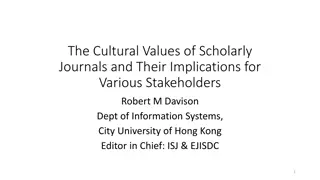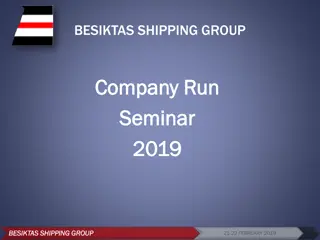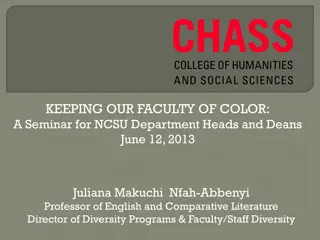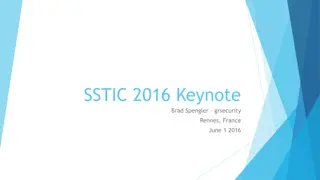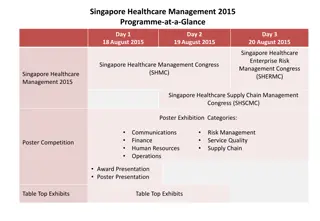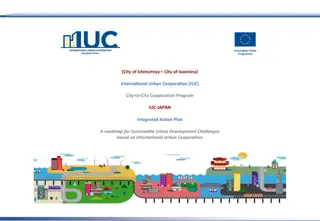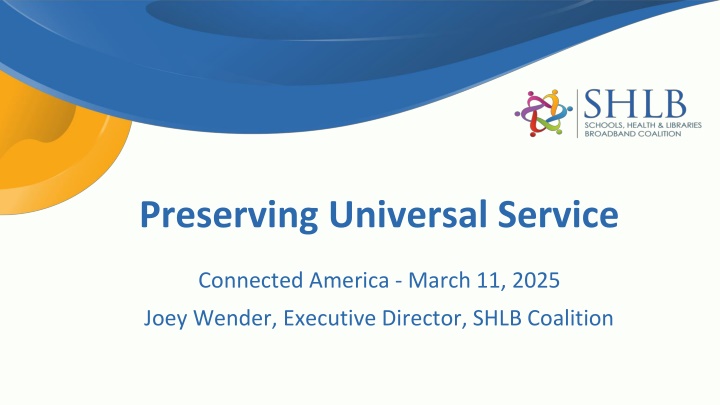
Important Insights on the Universal Service Fund and Its Potential Impact
Explore the Universal Service Fund (USF) and its crucial role in providing essential services like internet access to schools, libraries, healthcare providers, and low-income individuals. Discover the potential consequences of eliminating the USF, including disruptions to education, healthcare, and digital inclusion efforts. Stay informed about ongoing legal challenges and FCC initiatives aimed at improving connectivity for all.
Download Presentation

Please find below an Image/Link to download the presentation.
The content on the website is provided AS IS for your information and personal use only. It may not be sold, licensed, or shared on other websites without obtaining consent from the author. If you encounter any issues during the download, it is possible that the publisher has removed the file from their server.
You are allowed to download the files provided on this website for personal or commercial use, subject to the condition that they are used lawfully. All files are the property of their respective owners.
The content on the website is provided AS IS for your information and personal use only. It may not be sold, licensed, or shared on other websites without obtaining consent from the author.
E N D
Presentation Transcript
Preserving Universal Service Connected America - March 11, 2025 Joey Wender, Executive Director, SHLB Coalition
National Public Interest Organization supporting broadband for schools, libraries and anchor institutions. Based in Washington, DC. 320+ Members. Membership is open to any organization that supports our Mission. www.shlb.org/membership.
What is the Universal Service Fund (USF)? E-Rate Provides internet access and internal connections to eligible schools and libraries. FY2024 demand: $3.2 Billion Rural Health Care - Allows rural health care providers to pay rates for telecommunications services similar to those of their urban counterparts. FY2024 demand: $789 million Lifeline - Assists low-income customers by helping to pay for monthly mobile phone charges. Up to $9.25 monthly for low-income subscribers/up to $34.25 monthly for Tribal lands FY2024: $943 million disbursed High Cost Supports certain qualifying telephone companies that serve high cost areas FY2024: $4.5 billion disbursed
What is the potential impact of eliminating the Universal Service Fund? 54,367,186 students would lose internet access in schools and libraries, cutting off their ability to learn and access vital educational resources. (E-rate) 16,080 healthcare providers would be disconnected, limiting access to telehealth services, especially for rural and underserved populations. (Rural Health care program) 7,596,720 subscribers would lose discounted phone and internet services, exacerbating the digital divide. (Lifeline) In 2023, $4.26 billion was allocated to connect households in rural areas, ensuring equitable access to basic telecommunications and internet service. (High Cost program)
Consumers Research USF Decision 5th, 6th and 11th Circuits found NO constitutional problem. Upon re-hearing, 5th Circuit found (9-7) USF contribution mechanism is unconstitutional. Supreme Court grants cert petition by Government and SHLB. March 26: Oral argument Decision by June SHLB is a named party to the SCOTUS case
FCC Learn without Limits program 3 Opportunities Wi-Fi Hotspot Lending program (New - Adopted 2024) As of early March 2025: 1,200 applications submitted for devices and service (comprising 19,896 schools/libraries and 5.3 million students) School Bus W-Fi (Adopted 2023) Y2024: 405 requests submitted; $19 million demand Cybersecurity pilot program (New - Adopted 2024) 2,734 applications submitted; $3.7 billion demand Program allows up to $200 million over 3 years
SHLB Congressional Fly In The SHLB Coalition is organizing a fly-in of SHLB members to support E-rate, the Rural Health Care program and the Universal Service Fund. The purpose of the fly-in is to educate Congress about the importance of preserving E-rate and the RHC program so that schools, libraries and healthcare providers can make affordable broadband service available to unserved and underserved communities. April 9, 2025-April 11, 2025 Learn more by scanning the code:
Become a SHLB Member Why should your organization join SHLB? Shape broadband policy and funding Connect and collaborate for success Stay ahead of the curve Learn more at www.shlb.org/membership
Questions? jwender@shlb.org @SHLBCoalition www.shlb.org Thank you!



